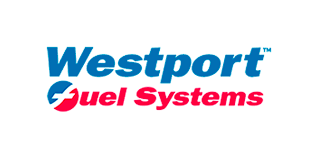Automotive research partnerships

Our group conducted several studies related to the effect of hydrogen added to the combustion process on atmospheric emissions and autoignition. The aspects of improved turbulent mixing modeling including differential diffusion and detailed chemistry-turbulence interactions have been examined with different mathematical models. Our current project of turbulent spray flames is also applicable to the automotive industry. These different projects were funded by Auto 21 in partnership with Westport Fuel Systems, Ontario Research Fund with a large consortium of automotive companies and Ontario funds with Hy-Drive (Mississauga, Ontario) and Natural Sciences and Engineering Research Council (NSERC).
Further, we worked with University of Waterloo professor Amir Khajepour’s group on a novel compression strategy for air hybrid engines utilizing two storage tanks which increases the efficiency of regenerative braking of air hybrid vehicles significantly by increasing the stored air mass and, consequently, the storing pressure in the tank. This led to further research on hydraulic valve operation and modified engine cycles.
Thank you to our automotive research partners:






These case studies are only several of our projects. There are many more types of opportunities and case studies. If you'd like to discuss partnering or sponsoring a research project in Turbulent Combustion Modeling or would like more details: